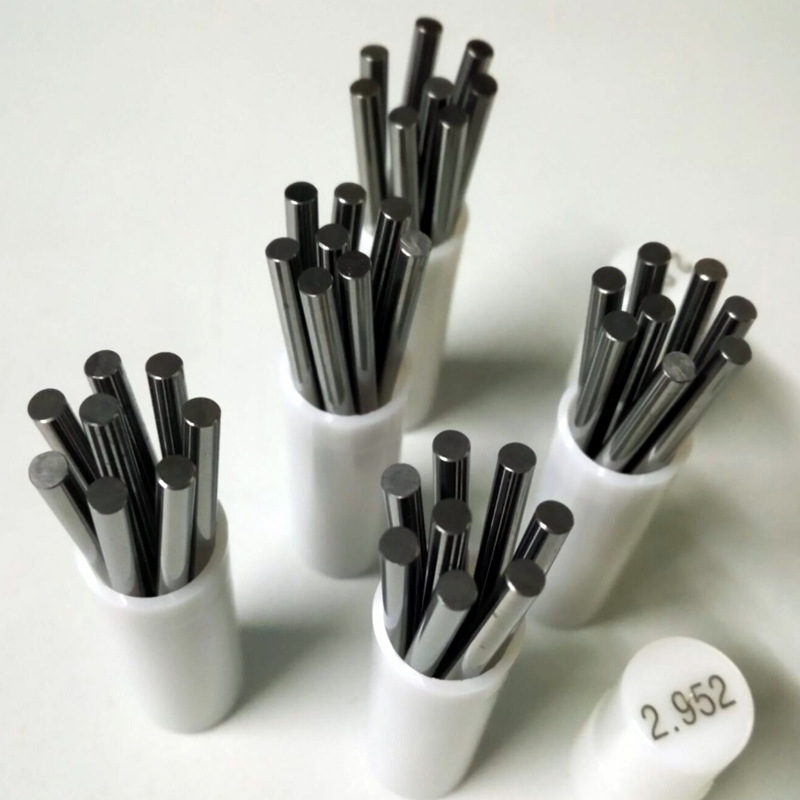Sep . 24, 2024 15:40 Back to list
Developing Precision Measurement Techniques Using Micrometer Standards for Accurate Gauge Calibration
Understanding the Micrometer Standard Precision in Measurement
The micrometer standard is a fundamental tool in the field of precision measurement, playing a critical role in various engineering and scientific applications. It is designed to measure small distances with a high degree of accuracy, often down to the micrometer level (one-millionth of a meter). This standard is essential in industries such as manufacturing, quality control, and research, where precise measurements are crucial for product quality and functionality.
A micrometer, often referred to as a micrometer screw gauge, typically consists of a C-shaped frame, a screw mechanism, and a measuring scale. The basic principle behind the micrometer is simple by turning the screw, the distance between the measuring surfaces changes, allowing for precise readings of small dimensions. The scale on the micrometer may include both imperial and metric units, making it versatile for various applications.
One of the key features of micrometers is their high resolution. Most micrometers can measure with an accuracy of ±0.01 mm or better. This precision is critical in fields such as engineering, where tolerances can be extremely tight. For example, in the manufacturing of intricate components for aerospace or automotive applications, even a slight deviation from the specified measurement can lead to significant failures in performance or safety.
micrometer standard

The micrometer standard also encompasses calibration procedures to ensure accuracy. Calibration is the process of comparing the micrometer's measurements against a known standard to identify any discrepancies. Regular calibration is necessary to maintain the micrometer's precision over time, especially in environments where tools are subjected to wear and tear. Calibration services often refer to traceable standards, ensuring that measurements can be traced back to national or international standards.
In addition to standard micrometers, there are specialized types designed for specific applications. For example, outside micrometers are used for measuring the external dimensions of an object, while inside micrometers are used for internal measurements, such as the diameter of a hole. Depth micrometers are designed to measure the depth of holes or slots. Each type is calibrated to ensure that they adhere to the same precision standards, facilitating reliable measurements across different types of tools.
The importance of the micrometer standard cannot be overstated. It serves as a backbone for quality assurance processes in manufacturing, as well as in laboratories where precise measurements are necessary for experiments. The ability to measure small dimensions accurately means that products can meet stringent specifications, thereby minimizing errors and waste.
In conclusion, the micrometer standard is an indispensable tool in modern precision measurement, merging simplicity in design with extraordinary accuracy. Its applications are vast, making it an essential instrument in many fields. Understanding and adhering to the micrometer standard ensures that industries can maintain high-quality standards and innovate with confidence, paving the way for advancements in technology and manufacturing processes.
-
Precision Manufacturing with Advanced Spline Gauge DesignNewsJul.31,2025
-
Industrial-Grade Calibrated Pin Gauges for Exact MeasurementsNewsJul.31,2025
-
Industrial Filtration Systems Depend on Quality Filter DN50 SolutionsNewsJul.31,2025
-
High-Performance Gate Valve WholesaleNewsJul.31,2025
-
Granite Surface Plate The Ultimate Solution for Precision MeasurementNewsJul.31,2025
-
Granite Industrial Tools The Ultimate Guide for Bulk BuyersNewsJul.31,2025
Related PRODUCTS









